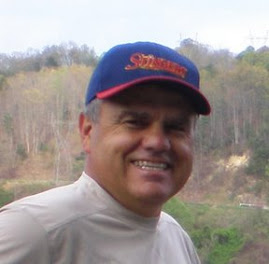
Bill Bryson can write a great book. (A Walk In The Woods; In a Sunburned Country; The Life and Times of the Thunderbolt Kid) Bill Bryson can write a boring book. (A Short History of Nearly Everything)
At Home: A Short History of Private Life is both. In a tour of the English house he lives in, he tells us how we got from living in caves to the homes we live in today. Scattered throughout the chapters you will find yourself saying, “Ok Bryson, move along,” but it is fun to learn the origin and history of many of the things we take for granted today; like rooms.
One of the things I found most interesting, Bryson doesn’t even comment on. Taxes. One of the mottoes of fiscally conservative thought is “if you tax something you get less of it.” Three examples of that are in this book. When pane glass was first invented the government put a tax on glass. People built their homes without windows, or at least with very small ones. When the tax was removed, people bought glass, glass factories sprouted everywhere, and there was an employment boom. The same thing happened with wallpaper and soap. It was a great day for cleanliness when the king lifted the soap tax.
Compare these with our high unemployment rate. Our government taxes employment. If you tax employment, you get less of it. Social Security, Medicare, Worker’s Comp, Health Insurance (for over 50 employees), all work to keep unemployment high. Add to that the uncertainty caused by congress’ inability to act and we are in for more high unemployment figures.
Even as our government debates the estate tax, also known as the inheritance tax or the death tax, Bryson tells some interesting history of its beginning in England. Beginning at just 5% it increased until it became 60%. It is a popular tax for governments to impose because it affects so few people each year. During the years of the 60% estate tax, England lost many of its treasures. When people died, their heirs had yard sales to raise the cash to pay the tax. They sold their heirlooms. Among other things, they sold “Paintings, tapestries, jewels, books, porcelain, silver plate, rare stamps.” Most of these landed in the collections of Americans. I wonder if there is any lesson for us from this history.
Anyway, if you have an inquisitive mind at all, I recommend this book to you. Oh, the drawing room; read the book.


.jpg)





+reduced.jpg)





